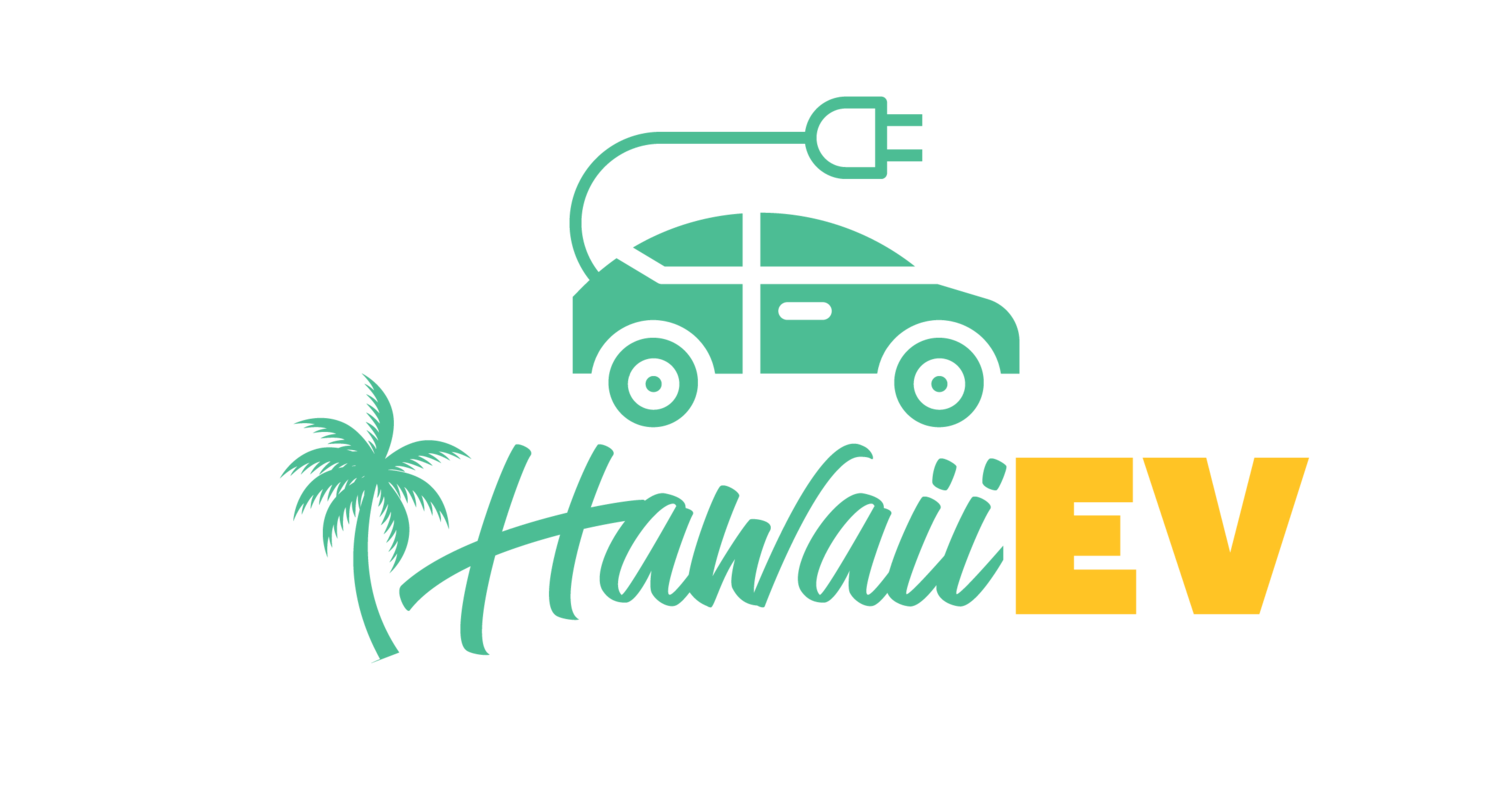Sustainability through “VMT” Reduction
The electrification of transportation is a critical strategy for reducing planet-warming carbon emissions. Progress in this area is ‘heating up’, encouraged by the improvements in electric vehicle driving range, falling prices, and the ever-increasing number of vehicle models and form factors. It will soon become difficult to not choose an electric vehicle over a gas/diesel-burning version. There are, however, additional strategies that must be employed to accelerate our progress. Among them is the reduction of VMT (vehicle miles traveled). VMT is the total number of miles traveled by each vehicle in a certain location (county, state, nation) over a period, e.g.., a year. By optimizing the occupancy of each vehicle on our roads or reducing the need to get behind the wheel altogether, we can dramatically reduce emissions, experience cleaner air and less traffic, minimize the need for public parking, and lower transportation costs for consumers.
How do we reduce VMT?
There are several ways to reduce VMT. In general, any tactic that results in maximizing the utilization of each vehicle on the road or eliminates the need to use a car can result in a reduction. To increase the efficacy of each vehicle, sharing strategies can be employed, e.g.., ride-hailing services like Uber and Lyft, carpooling, and mass transit. These allow for each trip to be optimized so that fewer vehicles are needed to transport the same number of people.
Vehicle choices can result in a dramatic change in the number of motor vehicles required to transport a group of individuals.
It’s better with electrification…
Some of us may have already experienced an Uber or Lyft ride in an electric vehicle. Both companies have communicated the intention for their fleet to be electrified by 2030. Uber is providing incentives for EV drivers - extra compensation, EV discounts for drivers, and discounted charging. Lyft has communicated its goal to electrify their fleet by 2030. This is excellent progress and will serve to accelerate the electrification of transportation. Not only will drivers be incentivized to use an electric vehicle, but they will also expose their riders to the experience and educate them on the various benefits of zero-emissions transportation.
Importantly, electric ride-shares offer an even greater emission-reduction benefit. In a recent study conducted by Rocky Mountain Institute on ride-hailing data, the emission reduction potential of an electrified ride-share industry is significant. It suggests that electrifying one high-utilization vehicle “can have the same emissions reduction benefits as electrifying three passenger vehicles.”
Transportation-as-a Service
What about driver-less Ubers and Lyfts? The concept of ‘transportation as a service’ is coming. I first heard about this several years back, in a talk by Tony Seba. He discussed a future where cars are offered a service, much like cloud storage, streaming music and video, or cloud-based software. He suggested a future where you’ll be able to hail a vehicle and a car would pull up to take you to your destination, pick up kids from school, or deliver goods for your business. This would allow for a dramatic reduction in the number of vehicles on the road. It would also reduce the number of garages and parking as most vehicles would be heavily utilized instead of being parked for many hours each day. This solution can also help car owners offset their transportation costs, e.g., they can release their vehicle into a robo-taxi pool where it can earn its owner some revenue versus sitting idle in a parking lot.
This “future” would require electric vehicles and robust autonomous driving technology (computing processors, detailed maps, AI, a variety of software applications, and a variety of sensors).
The future is nearing!
The technology required to create the future that Seba describes already exists. There are many companies involved in autonomous transportation technology and a variety of pilots are occurring across the globe. China’s AutoX is testing driverless taxis in Shenzhen. Mobileye has announced plans for pilots in three major cities. Walmart is expanding its autonomous vehicle pilot leveraging Gatik’s technology. Tesla has a Full-Self Driving pilot underway. These are just a few examples that highlight the progress.
Clearly, there are several speed bumps along the way beyond the required technology - policy, consumer perception, and liability concerns are among them. That said, the momentum is building and the change is inevitable.
Other VMT-reducing strategies…
Another important strategy for VMT reduction is to minimize and even eliminate the need to use a vehicle.
Carefully planned towns and cities can minimize the need to own a car. This can be enabled through high-density housing, incentivizing co-location of commercial, healthcare, and public services, and strategically placed bicycle and pedestrian paths. I should note that this concept is not new - there are cities across the globe where residents don’t rely on personal passenger cars. In some of these cities, e.g., Florence and New York City, owning a car is more of an inconvenience or impossible. Wisely planned communities can provide residents. with jobs and services that can be accessed without the need to have to rely on a personal vehicle.
Reducing the frequency of trips can also make a difference. By combining errands, planning routes, and confirming the hours of a target establishment, we can maximize each car ride we take.
Healing the Planet
There are many actions that must be taken to reduce global-warming emissions and to heal the environment. Decarbonizing our transportation by driving electric, ‘right-sizing’ (buying for utility vs vehicle size and horsepower), and reducing VMT is one way to contribute.
Importantly, these are actions that you and I can take.


